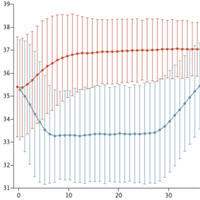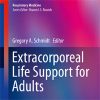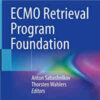Hypothermia vs Normothermia for Out-of-Hospital Cardiac Arrest
rebelem.com
Hypothermia was first introduced in 2002 by two studies, Bernard et al and The Hypothermia After Cardiac Arrest (HACA) trial. The latter, although a small trial, showed improved neurologic outcomes at six months when patients were cooled to 32-34C.
For a long time, a temperature of 33C was the widely accepted standard of therapy for out-of-hospital cardiac arrest. In recent years, a trial aptly named the Targeted Temperature Management (TTM) Trial challenged this notion, finding that a temperature of 33oC did not confer any benefit over 36C.
Since then, not only has the overall benefit of the therapy remained in question, but many institutions were also left on their own to decide the most appropriate temperature to target.
Fever has been proposed as a risk factor for unfavorable outcomes, but the available data only gives us association, not causation.
The authors of the TTM trial have now come out with their subsequent study looking to assess the benefit of avoiding fever versus targeting a specific temperature in critically ill patients following cardiac arrest.














